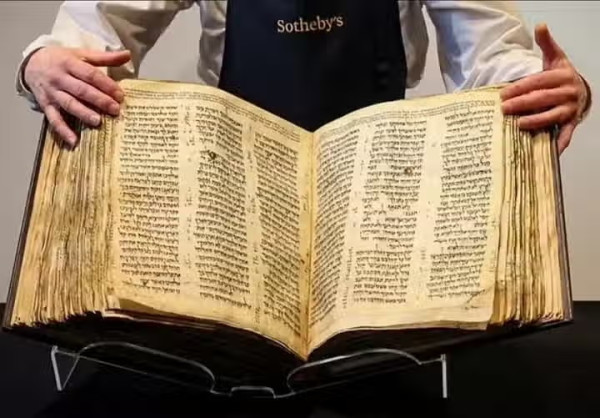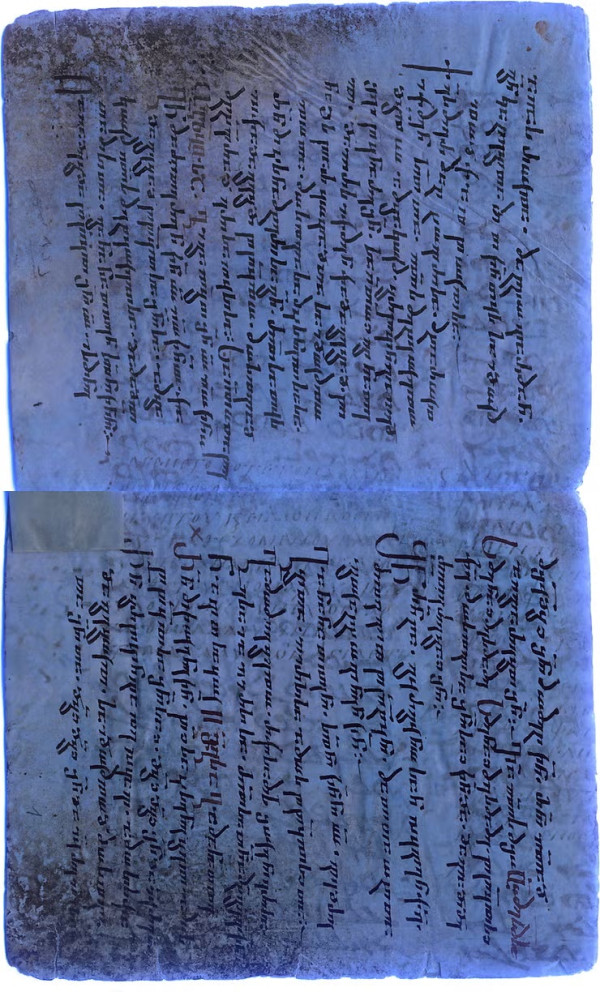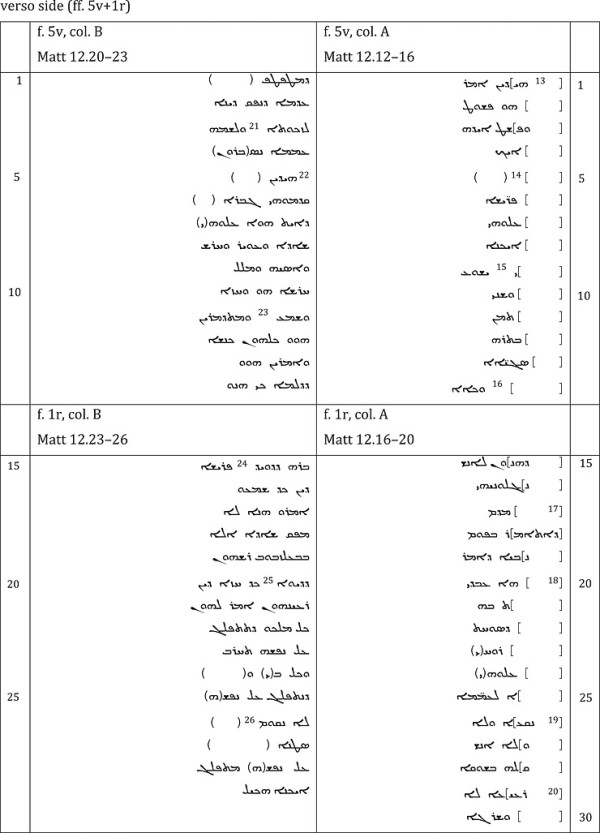
Using ultraviolet light, researchers uncovered a hidden layer of text in a centuries-old manuscript. (CREDIT: CC BY-SA 4.0)
Ishtartv.com - thebrighterside.news
Joseph Shavit, Published May 3, 2025
A long-lost Biblical passage, buried for nearly 1,500 years, has surfaced through the lens of ultraviolet technology. The rediscovery bridges ancient scripture and modern science in a stunning reveal.
At the heart of this breakthrough is medievalist Grigory Kessel from the Austrian Academy of Sciences (OeAW). Using ultraviolet light, he uncovered a hidden layer of text in a centuries-old manuscript that had been overwritten twice.
Where Antiquity Meets Innovation
This rare artifact is known as a double palimpsest. Originally, scribes erased earlier texts to reuse the parchment. In this case, three separate writings were layered onto a single page.
The deepest layer held something extraordinary—a forgotten translation of part of Matthew chapter 12. Scholars believe it was copied around the 6th century but reflects a 3rd-century version of the Gospels.
Known as an Old Syriac translation, this early version predates most surviving copies. The passage belongs to a small group of early gospel interpretations that were nearly lost to history.
What caused this sacred text to vanish? The answer is surprisingly practical. As parchment grew scarce, scribes reused materials, erasing even treasured Biblical writings to make room for new ones.
“Until recently, only two manuscripts were known to contain the Old Syriac translation of the Gospels,” said Kessel. One rests in London’s British Library. Another was recovered from Mount Sinai, through the Sinai Palimpsests Project.
Now, a fourth copy has entered the historical record. Kessel found it in the Vatican Library. Hidden beneath layers of overwritten text, it had gone unnoticed for centuries.
Claudia Rapp, director at the Austrian Academy’s medieval research institute, praised the find. “Grigory Kessel has made a great discovery thanks to his profound knowledge of old Syriac texts and script characteristics,” she said.
The Greek Codex Sinaiticus, from the 6th century, is considered the oldest complete New Testament manuscript. Yet, these Old Syriac texts may trace back even further—only surviving in the shadows of palimpsests, waiting for light to uncover them.
The Fusion of Technology and History
The critical role of ultraviolet photography in this discovery cannot be understated. "This discovery proves," Rapp elaborates, "how productive and important the interplay between modern digital technologies and basic research can be when dealing with medieval manuscripts."
It's a glorious confluence of ancient manuscripts and cutting-edge technological tools, setting the stage for more such groundbreaking revelations in the future.
The unearthing of this Gospel text exemplifies the untapped potential of combining contemporary technological advancements with the age-old art of manuscript research. As digital techniques become increasingly sophisticated, they offer a renewed hope for scholars like Kessel to delve deeper into history, bringing long-concealed truths to light.
As we stand at this intersection of the past and the future, it's exciting to ponder what other treasures await discovery in the hidden recesses of ancient parchments and the vast vaults of our world's libraries.
Note: Materials provided above by the The Brighter Side of News. Content may be edited for style and length.

Vat. iber. 4, ff. 5v + 1r (= verso) (CREDIT: Biblioteca Apostolica Vaticana)

Vat. iber. 4, ff. 5r + 1v (= recto) (CREDIT: Biblioteca Apostolica Vaticana. Reproduced by permission of Biblioteca Apostolica Vaticana)
|